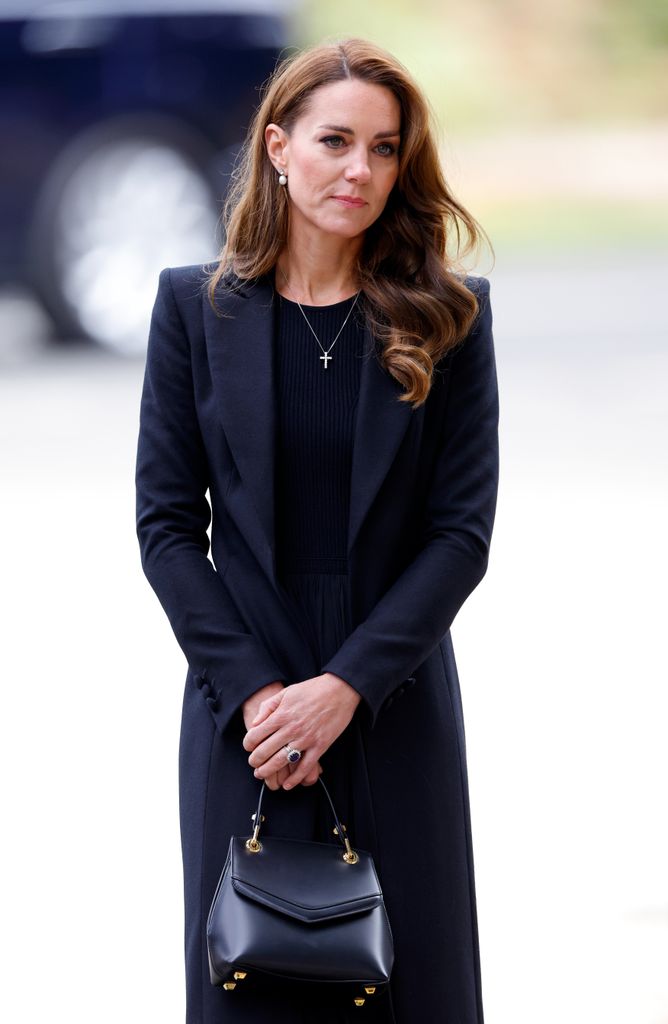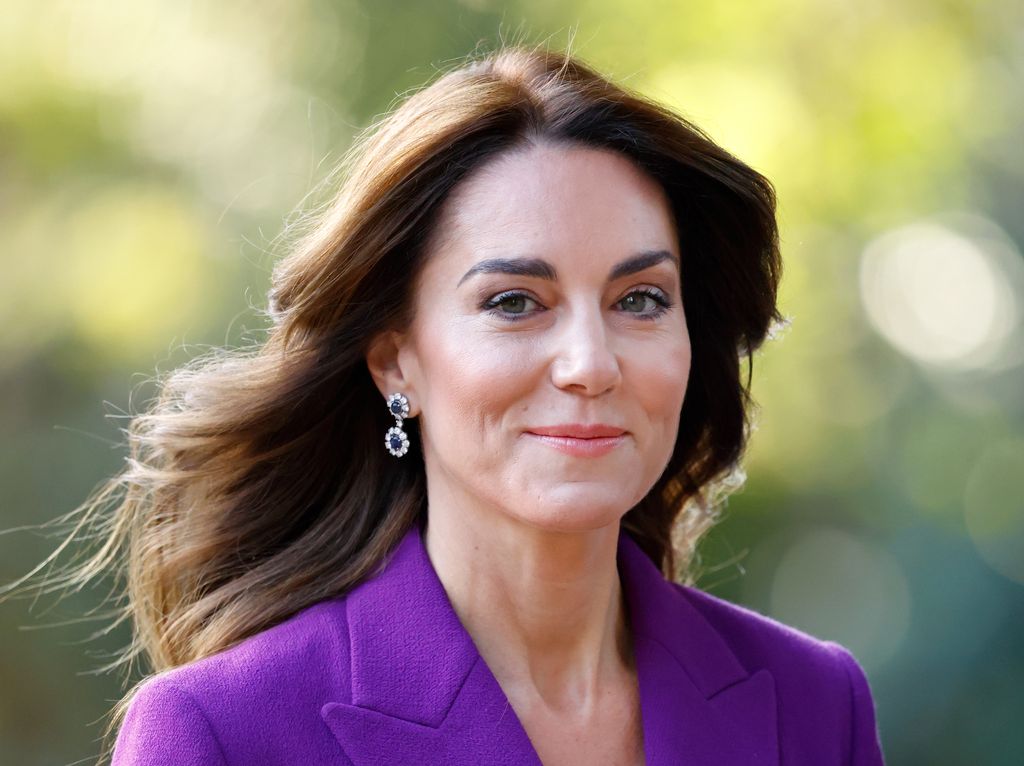Princess Kate sent shockwaves around the world on Friday, when she shared that she has been diagnosed with cancer.
The royal explained that the cancer was discovered following her abdominal surgery, and she is now undergoing treatment, sharing that she is having “preventative chemotherapy.” Watch the clip below for emotional message in full.
In her statement, the Princess of Wales said: “My medical team advised I should undergo a course of preventative chemotherapy and I’m now in the early stages of that treatment.” She continued that she had to recover from her ‘major’ surgery in order to start treatment.
The princess’ statement left royal fans wondering what preventative chemotherapy is. HELLO! spoke to cancer expert Professor Ramia Mokbel to better understand what Princess Kate’s treatment is.
What is preventative chemotherapy?
“Preventative chemotherapy, also known as adjuvant chemotherapy, is given after cancer removal surgery, when scans show no evidence of cancer spread elsewhere,” explains Professor Ramia Mokbel.
“The aim is to eradicate any remaining cancer cells that may be circulating in the bloodstream or have spread to other organs such as the bone marrow, liver and lungs.”
On the impact preventative chemotherapy will have on Princess Kate, Professor Ramia explains: “While this treatment targets hidden cells, it often causes collateral damage, leading to side effects such as hair loss, low white cell counts, reduced immunity to infections and bowel inflammation.”
How does chemotherapy treat cancer?
Chemotherapy works by killing existing cancer cells and can help prevent the disease from coming back.
Chemotherapy can be given before or after surgery, or on its own. As in Princess Kate’s case, chemotherapy can be used when surgeons believe they have removed all the cancer, with the treatment designed to minimise the risk of the disease coming back. This can lower the risk of a cancer recurrence or a new cancer – hence the term preventative.
Professor Bob Phillips, Professor of Paediatric Oncology at the University of York, explains: “For some types of cancers, chemotherapy can be given to ‘mop up’ if there are any cancer cells left.”
READ: King Charles and daughter-in-law Princess Kate are ‘closer than ever’ after cancer diagnosis: report
How is chemotherapy administered?
There are many different types of chemotherapy, but the most common types are tablets and liquids that are put directly into the vein (intravenous chemotherapy).
Chemotherapy given into a vein is usually carried out as an outpatient hospital procedure, whereas chemotherapy tablets can be taken at home, with regular check-ups from medical staff. Some patients have more than one type of chemotherapy.
How long is chemotherapy treatment?
Princess Kate said she needs time to undergo her treatment, and said she is in the early stages, leading royal watchers to wonder when she will be back at work.
How long treatment lasts depends on the stage and type of cancer.
EXPLAINED: Why Prince William didn’t appear in wife Princess Kate’s moving cancer video message
Professor Phillips said the timeframe for chemotherapy treatment is, “hugely variable”, adding that it was given “traditionally between four and six ‘cycles’ (blocks) of chemo, each cycle lasting 21 days and consisting of a day or few days of chemo.”
He added there would then be “time for the body to recover from it, while the chemo keeps damaging the cancer cell. There are also some which are daily, some which are four-weekly, and some which are two-weekly.”
Chemotherapy side effects
King Charles is also undergoing treatment for cancer, but is continuing to work. Princess Kate currently does not appear to plan to continue working, with side effects of treatment different for everyone.
Side effects of chemotherapy occur because healthy cells are damaged alongside any cancer cells, treatment can therefore make people feel tired and nauseous and cause them to vomit and lose their hair.
Those undergoing chemotherapy are also at an increased risk of getting infections, a sore mouth, dry, sore or itchy skin and bowel issues.
We’re wishing Princess Kate lots of luck for her treatment.



